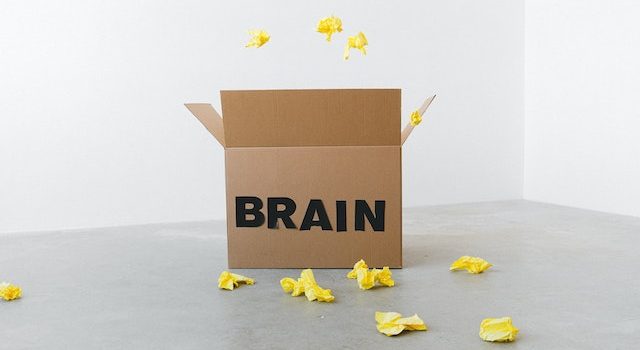
In the realm of cutting-edge scientific endeavors, cryonics has emerged as a controversial and thought-provoking field, offering a glimmer of hope for life beyond death. Advocates of cryonics propose that by preserving the human brain at extremely low temperatures, it may be possible to revive and restore consciousness in the future. With its promises of potential resurrection, cryonics sparks curiosity, skepticism, and ethical debates, raising profound questions about the boundaries of life and the nature of human existence.
Cryonics involves the process of cooling a deceased person’s body or brain to temperatures well below freezing point, typically using liquid nitrogen, in order to halt biological decay. The idea is that by slowing down or suspending cellular activity, the structure and integrity of the brain can be preserved, potentially enabling future technology to restore the individual’s consciousness and revive them in a new form.
Advocates argue that cryonics offers a chance for individuals who face incurable diseases or untimely death to potentially benefit from future medical advancements, such as advanced nanotechnology or mind uploading. They believe that the preservation of the brain, the seat of consciousness, is the key to achieving a successful revival, even if the process remains speculative and unproven.
However, the scientific and practical challenges of cryonics are considerable. One major hurdle is the process of vitrification, which replaces water in the tissues with a cryoprotectant solution to prevent ice crystal formation. While advancements have been made in vitrification techniques, concerns remain about potential damage to delicate neural structures during the freezing and thawing process.
Another critical aspect is the uncertainty surrounding the revival process. Cryonics proponents often rely on the assumption that future technologies will be capable of reversing the freezing process, repairing cellular damage, and restoring consciousness. However, the feasibility of such advanced technologies remains speculative, leaving open questions about the likelihood and effectiveness of revival.
Ethical considerations surrounding cryonics also come into play. Critics argue that the resources dedicated to cryonics could be better allocated to improving healthcare and extending life for individuals currently living. Skeptics question the fairness of prioritizing the revival of a select few in the future while disregarding the challenges faced by the living.
Despite these concerns, cryonics continues to attract interest and inspire scientific exploration. Organizations such as the Alcor Life Extension Foundation and the Cryonics Institute offer cryopreservation services to individuals who choose to undergo the process after death. They emphasize the importance of informed consent, transparency, and ongoing research to improve the chances of successful preservation and revival.
As journalists, it is our responsibility to approach cryonics with critical analysis, providing accurate and balanced reporting while encouraging informed dialogue. This involves consulting experts in relevant fields, examining scientific research, and presenting a comprehensive understanding of the current state and potential future developments in cryonics.
While cryonics may seem like a concept straight out of science fiction, its proponents argue that it is a bold step towards exploring the mysteries of life, consciousness, and the possibilities of the future. By pushing the boundaries of scientific knowledge, cryonics forces us to confront fundamental questions about the nature of our existence and the human desire for immortality.
Ultimately, the promise of cryonics remains an open question, a subject of ongoing scientific inquiry and philosophical debate. Whether it will deliver on its ambitious aspirations to revive consciousness and transcend death is yet to be seen. However, its existence serves as a testament to the relentless human quest for knowledge and the unyielding desire to unlock the secrets of life’s ultimate mystery.










